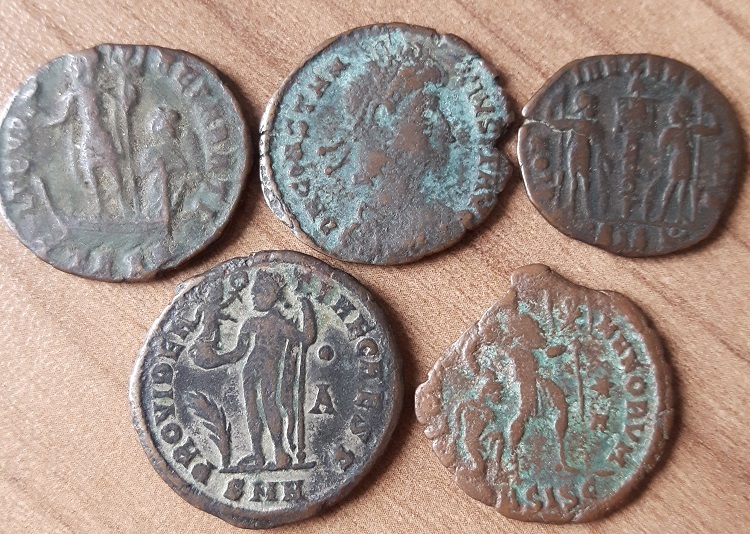If you are a coin collector and don’t want to buy substandard or counterfeit coins, you should learn some of the coin authentication basics. This way, your investments will be safe, and your mind will be calm.
Table of Contents
Learn to recognize counterfeits
There are many counterfeit coins on the market. If you are not very careful to pay attention to details and suspicious signals, you will use some large amount of money that turns out to be a fake investment coin . To avoid this, you can use various tests and methods to authenticate gold coins. The most convenient method for anyone looking to take a quick and reliable test when dealing with an unknown coin merchant or when buying coins online is visual coin identification.
Visual identification
You will need a jewelry lens and a right image of a genuine coin of the same type.
Compare the picture with the coin you were offered. To authenticate a coin, you need to look for recognizable marks, including design details, edges, and surface details. If you spot suspicious differences, you have cause for suspicion. When you buy coins online, you can take a visual identification test using photo editing software. You will need a picture of the genuine coin and a picture of the coin you are buying. Compare the images with the software to make sure the features match. There should be no design differences (apart from wear and tear).
Weight, thickness, and diameter
Another simple and very reliable method is to combine weight, diameter, and thickness measurements to verify the authenticity of a gold coin. All three dimensions must match the specifications of the real coin. You can find specifications for all types of coins in various coin catalogs and online. What is needed is a precision balance and a digital caliper. Weigh and measure your proposed coin and compare the results with those of the real coin.
Most counterfeiters copy the design, diameter, and thickness, but the weight does not match the original coin’s weight. Gold and silver are denser and heavier metals than the metals most commonly used by counterfeiters. This makes it impossible to manufacture a counterfeit coin of the same weight, diameter, and thickness as the original coin.
Combine test methods
No expensive devices are needed to authenticate gold coins. Counterfeit coins can be easily identified by combining visual identification with weight, thickness, and diameter measurements. These two simple tests provide adequate protection against counterfeiters and can be completed in a few minutes.
There are tools used to authenticate investment coins, such as coin testers, magnets, various electronic devices, acoustic ring tests, or acid tests. These methods offer you adequate protection and can help you make an informed decision when buying gold coins.









